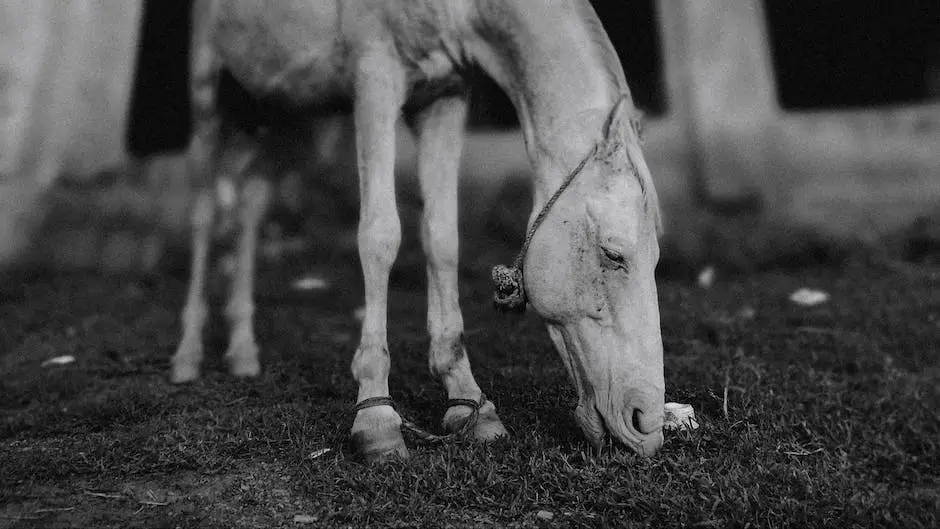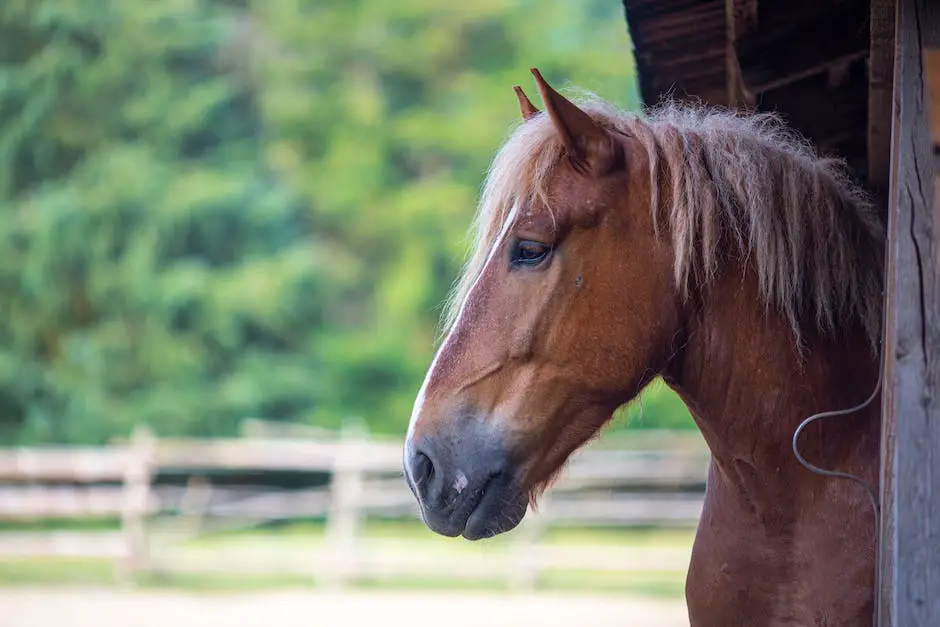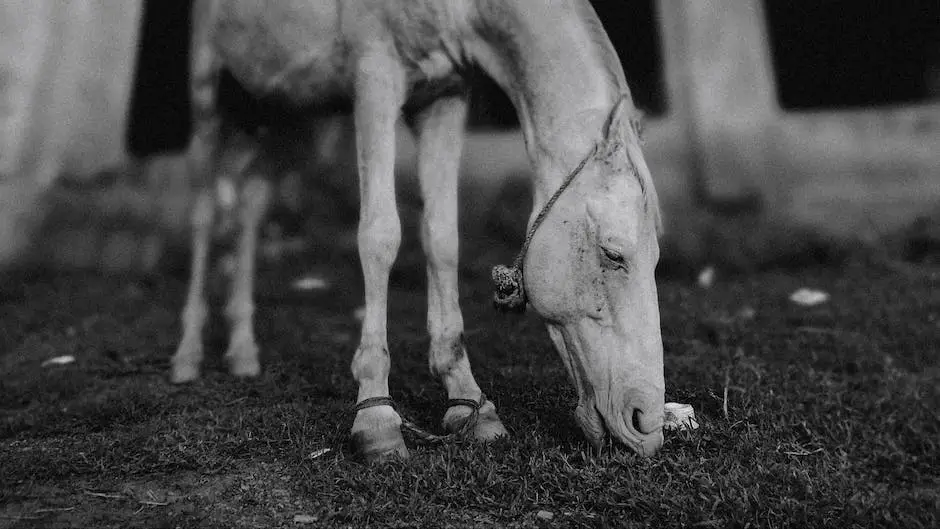There is a fascinating diversity in horse breeds across the globe, each characterized by unique traits designed for specific tasks and performances. Two particularly captivating breeds are the colossal Shire and agile Arabian. Their size, often the most immediate trait noticed, hugely shapes not only their physical capability but also their suitability for various equestrian disciplines. In the following, we delve into a detailed exploration of the Shire horse’s towering size and commanding presence, the Arabian horse’s sleek build and swift movement, and how these size influences define their distinct strengths, capabilities, and functions.
Table of Contents (Horspedia)
Understanding Shire Horse Size
Understanding Shire Horse Size
Shire horses are one of the largest breeds of horses in the world, hailing from the United Kingdom. On average, a mature Shire male horse, also known as a stallion, stands typically between 17 and 19 hands (68 to 76 inches) in height. Female Shire horses, or mares, average slightly shorter, typically ranging between 16 and 18 hands (64 to 72 inches). However, there’s been a recorded instance of a Shire horse reaching a staggering 21.2 hands (86 inches), demonstrating the potential size these horses can attain.
In terms of weight, Shire horses are equally impressive. They can weigh between 1,800 and 2,200 pounds on average, although some particularly large individuals may exceed this range. This significant weight is well-distributed across their muscular, well-defined bodies, lending the Shire horses a distinctive, powerful appearance. They have broad chests, large hooves, and robust legs, capable of pulling heavy loads.
Shire Horse Strength and Abilities
The great size of the Shire horse affords it incredible strength and sturdy physical endurance. Historically, they have been used for draught work, farming, and pulling heavy loads such as carts and wagons due to their strong musculature and endurance capabilities. They possess a gentle and calm disposition, making them excellent workhorses. However, their massive size makes them less suited to speed-based tasks or activities that require nimbleness, such as racing or show jumping.
Comparing Shire Horse Size to Arabian Horses
In comparison to Shire horses, Arabian horses are significantly smaller. The average height of an Arabian horse ranges between 14.1 and 15.1 hands (57 to 61 inches). In terms of weight, they usually weigh between 800 and 1,000 pounds—almost half the weight of an average Shire horse.
Despite their smaller size, Arabian horses are renowned for their speed, endurance, and agility, making them sought-after for equestrian sports like racing and endurance riding. They showcase a lean, compact body structure, with a relatively small but strong, arched neck. Their bodies are finely chiseled, with a unique wedge-shaped head.
The world of equestrian disciplines sees a rich variety in horse breeds, each cherished for its unique characteristics and abilities. Take for instance the Arabian horses – renowned for their unmatched speed, endurance, and elegance, they are a sight to behold in disciplines such as pleasure riding, show jumping, and dressage.
Contrastingly, Shire horses are hailed for their immense strength and striking size, making them invaluable for heavy duty work. Thus, it is clear that while both these breeds are greatly respected in their own right, their differing sizes have a substantial implication on their roles in the field. The Shires, with their colossal build, are natural fits for hard labor, while the relatively smaller Arabians are adept at activities requiring speed and stamina. These variations portray the beautiful diversity and the wide-ranging roles of different breeds within the equestrian world.

Investigating Arabian Horse Size
Decoding the Size of Arabian Horses
Arabian horses, among the most recognized and adored horse breeds globally, are inherently smaller in size. Their average height usually lies between 14.1 and 15.1 hands, translating to a stature of around 57-61 inches as measured at the withers. They generally weigh between 800 to 1,000 pounds, providing them a distinctively compact and lightweight profile.
The physical makeup of Arabian horses sets them apart in terms of their structure; they have one less vertebrae, rib and tail bone than other horse breeds. This distinction leads to a comparatively shorter back and a smaller overall size, enabling them to move swiftly and fluidly. This uncanny agility, aided by their lesser magnitude, helps them excel in a variety of equestrian fields where speed and nimbleness are key attributes.
Arabian Horse Physical Traits and Usage
The Arabs bred these horses in the deserts of the Arabian Peninsula with emphasis on underlying qualities of endurance and agility, rather than just size. The relatively smaller size gives Arabian horses an advantage in terms of their agility, speed, and endurance. They excel in activities such as endurance riding, racing, and show jumping.
Their strength, endurance and quick recovery time make them ideal for competitive equestrian sports. Arabian horses also make great trail horses due to their ability to traverse rough terrain and withstand harsh conditions.
Shire Horse Size
In contrast, the Shire horse, a breed of Draught horse, stands taller and much more massive than the Arabian horse. Adult Shire horses generally tower between 17 and 19 hands high, which roughly translates to 68-76 inches at the shoulder. They are famous for their significant weight, which can reach up to 2,400 pounds.
Shire Horse Physical Traits and Usage
Shire horses possess a sturdy build, with broad, muscular bodies, making them reliable workhorses. Despite their massive size, Shire horses exhibit a mild temperament and are known for their gentle nature.
As Draught horses, Shires excel in tasks requiring substantial pulling power due to their strength and size. Traditionally, they were used for pulling wagons, hauling heavy goods, and working in the fields. Nowadays, they are often seen in draught competitions, plowing matches, and show rings.
Shire Horse vs. Arabian Horse: A Comparison of Sizes
Comparing the sizes of the Shire and Arabian horses reveals the markedly diverse roles they are intended for. The Shire, boasting a larger body and significant strength, is well-suited for heavy-duty and draught work. On the other hand, the Arabian horse, characterized by its smaller, compact frame, excels in tasks requiring speed and endurance. Accordingly, the size of each breed plays a pivotal role in determining their appropriate uses.

Size Influences: Shire vs Arabian
The Roles of Size in Shire and Arabian Horses
The distinction in size between the Shire and Arabian horses is striking, and this factor greatly shapes their behavior, functionality, and abilities. The Shire’s impressive stature and the Arabian’s more compact build highlight the fundamental differences between these two breeds and the tasks they are best equipped to undertake.
Shire Horse
As one of the largest breeds, Shire horses stand at an average of 17 to 19 hands (68-76 inches) tall at the shoulder. Although they can exceed this range, their weight typically lies between 1800 to 2400 pounds. This breed features a robust body, a broad chest, and strong, muscular legs that equip them with immense pulling and carrying capabilities. Their large size is directly linked to their historic role as war horses and their traditional use in farming, where their strength and endurance became assets.
Arabian Horse
On the contrary, Arabian horses are comparatively smaller in size, standing at about 14.1 to 15.1 hands (57-61 inches) tall. They usually weigh between 800 and 1100 pounds. This breed is characterized by its compact yet muscular structure, coupled with a finely chiseled bone structure and distinctive dished face. Despite their smaller size, Arabians are incredibly agile, energetic, and known for their endurance over long distances, particularly in challenging terrains.
Behavioral Influence of Size
Shire horses, being significantly larger and stronger, are generally calm, gentle, and docile in nature. Their size allows them to exhibit a more steady and less skittish behavior compared to some lighter breeds. This makes them ideal for tasks requiring strength and patience.
Arabian horses, on the other hand, exhibit greater agility and responsiveness due to their lighter build and smaller size. They are noted for their spirited and lively behavior, which stems from their development in harsh desert environments. However, they are recognized for their exceptional intelligence and close bond with humans, which makes them capable performance and show horses.
Size Impact on Capabilities and Function
Functionally, the large size and immense strength of Shire horses make them unrivaled for heavy draught and farm work, pulling heavy loads, and carriage driving. Their calm demeanor and strength make them suitable for tasks like logging, plowing, and other heavy pulling work.
Contrastingly, the smaller, agile, and energetic Arabian is highly valued in events that require speed, endurance, and versatility. This breed excels in disciplines like endurance racing, dressage, show jumping, and even trail riding. Their fine bone structure and hardiness yield a strong ability to travel long distances with ease. A testament to their stamina and endurance abilities, Arabians are prominently used in competitive endurance riding worldwide.
Strengths and Limitations
The Shire horse’s strength lies in its size, power, and gentle nature. However, due to its size, it’s more susceptible to certain health issues, including issues related to their legs and feet due to the immense weight they have to carry.
The Arabian horse, despite its lower strength compared to larger breeds, is highly prized for its resilience, endurance, and agility. However, Arabians sometimes exhibit a tendency towards nervousness or higher strung behavior, which can require skilled handling.
In summation
While size clearly differentiates the Shire and Arabian horses, it similarly influences each breed’s unique strengths. These differences reflect the spectrum of tasks and environments where each breed can excel.

Ultimately, the size of a horse is an essential indicator of its functionality and unique abilities. The imposing size of a Shire horse, coupled with its impressive strength, makes it an ideal workhorse and an important figure in various heavy-duty equestrian disciplines. On the other side of the spectrum, the Arabian, with its comparatively smaller and sleeker build, demonstrates unmatched speed and endurance, making it a favored breed in endurance riding and racing. Both the Shire and the Arabian carry an air of majesty, intricately woven with their unique physical characteristics; a testament to the diverse yet equally remarkable nature of equine breeds.
